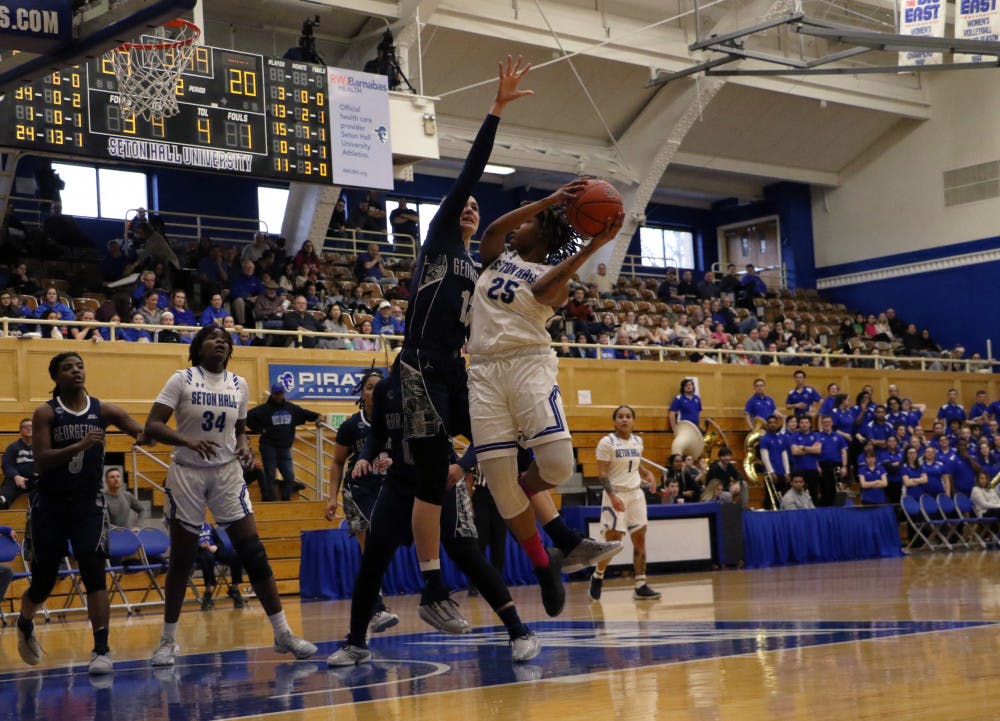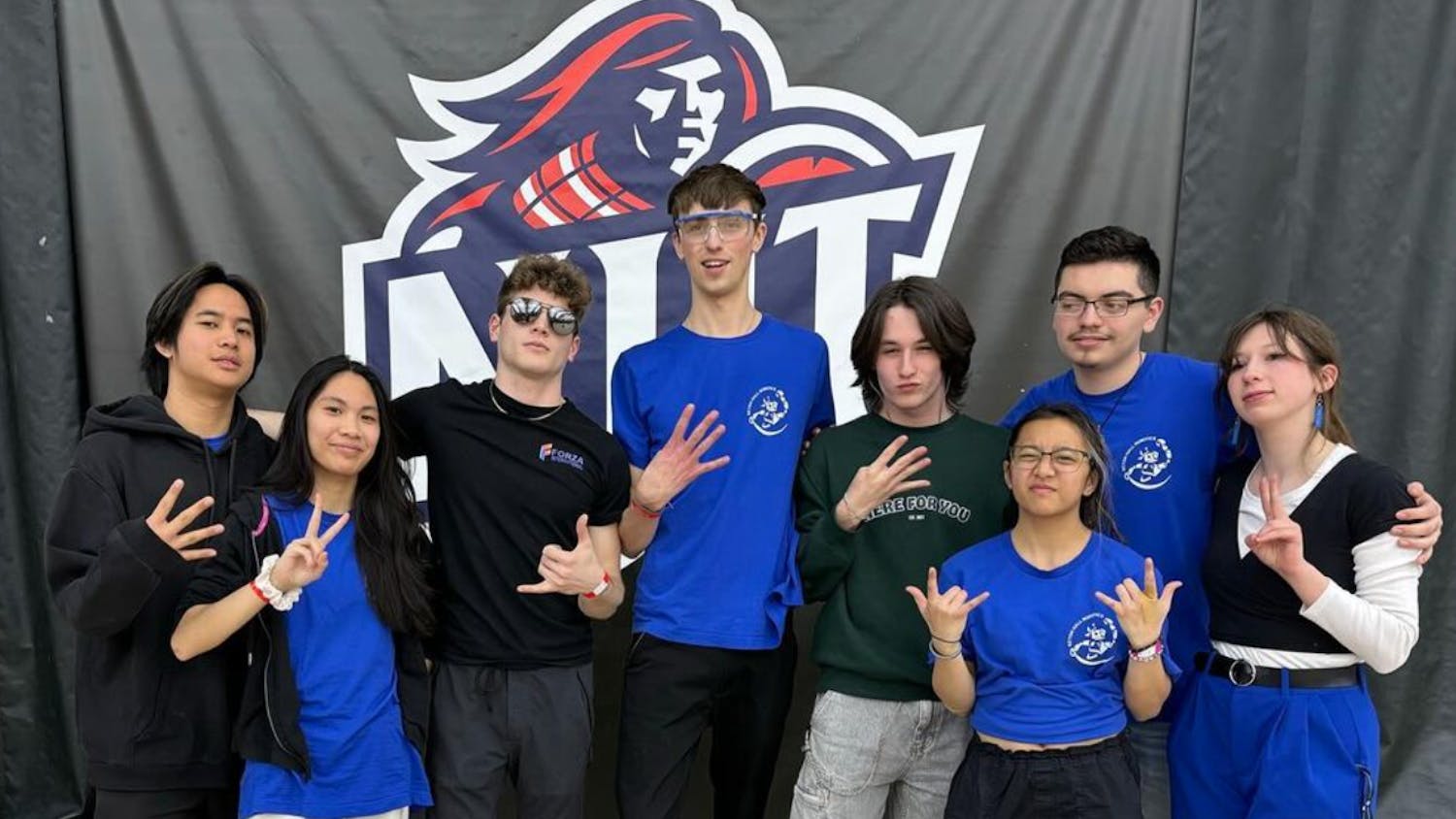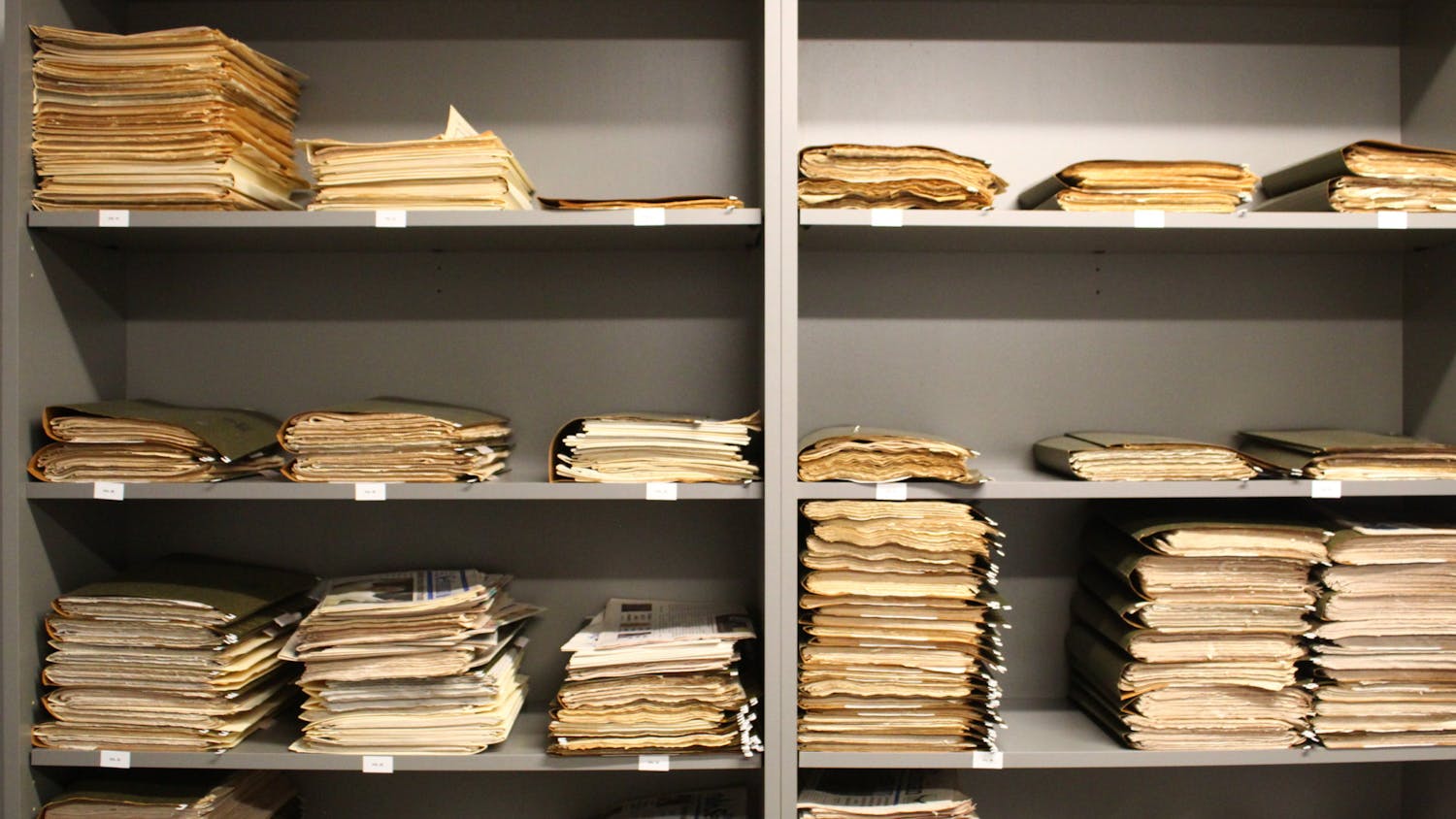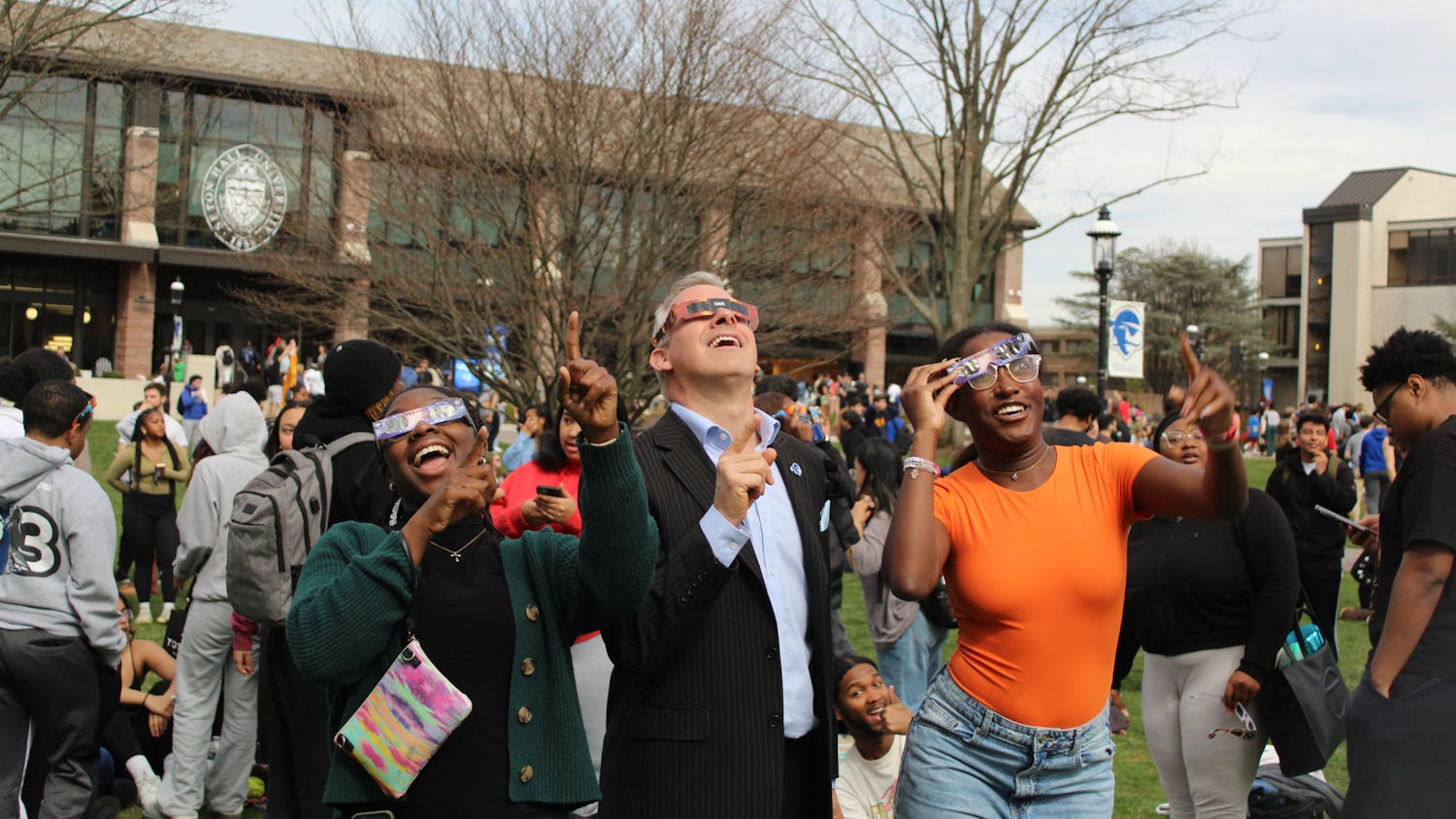Editor's Note: The Setonian attempted to reach Dr. Edward R. D'Alessio at his current job, as Director of Government Relations at Harcum College in Bryn Mawr, Pa. He was unavailable; according to a Harcum College employee in his office, he is on medical leave.
When Dr. A. Gabriel Esteban was named University president last week, he became just the fourth layperson in history to be named to Seton Hall's highest administrative post.
However, this scenario – the result of the often turbulent 2009-2010 Presidential transition – has some similarities to some history at the Hall.
The last University president that wasn't a priest was Dr. Edward R. D'Alessio in the 1980s. He assumed the duties of Chief Operations Officer for Seton Hall in 1980 when then-University President Rev.Laurence Murphy resigned from the position due to health issues.
D'Alessio's official title stayed as executive vice president according to news clips gathered by the Public Relations Department, preserved at the University Archives and Special Collections Center.
He was officially installed as University president on Dec. 10, 1981, with prior experience as the president of the College of Our Lady of the Elms in Massachusetts.
An article in the Herald News of Passaic called D'Alessio at the time "a leading spokesperson for American Catholic education." The Advocate, a Catholic newspaper for the Archdiocese of Newark, also ran an editorial praising the University for the decision to place D'Alessio in charge.
But The Advance, a Dover (N.J.) newspaper, revealed in Dec. 1981 that the new president's nomination to the presidency "was clouded with controversy," notably over a theme that resurfaced just last year prior to Esteban's appointment.
The publication cited a committee that was established upon Murphy's resignation, one that was intended to find a new president but did not.
A Sept. 30, 1980 administrative announcement from the University detailed the committee –titled the Presidential Search and Screen Committee – having been established. It featured a diverse representation of University community members, including Regents, Trustees, faculty members and a student – just like the committee of 2009.
But records indicate that the 1980s committee did not find a new presidential candidate for the University, which cleared the way for D'Alessio to take over.
Archived news clips reveal that D'Alessio had a two-hour ceremony when installed as president, even attended by then-New Jersey Governor Brendan T. Byrne. The Jersey Journal wrote at the time that more than 2,000 members of the University community attended the event, which also featured a statement in support of D'Alessio – sent from U.S. President Ronald Regan.
Regan would later return to the Hall in 1983 to deliver the Commencement address.
Additionally, classes and University events were canceled for the day of the ceremony so that all could attend, according to a University administrative announcement from Nov. 1981.
With no plans announced for a ceremony to install Esteban, it remains to be seen if history will repeat itself in this facet of the presidency.
When Dr. A. Gabriel Esteban was named University president last week, he became just the fourth layperson in history to be named to Seton Hall's highest administrative post.
However, this scenario – the result of the often turbulent 2009-2010 Presidential transition – has some similarities to some history at the Hall.
The last University president that was not a priest was Dr. Edward R. D'Alessio in the 1980s. He assumed the duties of Chief Operations Officer for Seton Hall in 1980 when then-University President Rev.Laurence Murphy resigned from the position due to health issues.
D'Alessio's official title stayed as executive vice president according to news clips gathered by the Public Relations Department, preserved at the University Archives and Special Collections Center.
He was officially installed as University president on Dec. 10, 1981, with prior experience as the president of the College of Our Lady of the Elms in Massachusetts.
An article in the Herald News of Passaic called D'Alessio at the time "a leading spokesperson for American Catholic education." The Advocate, a Catholic newspaper for the Archdiocese of Newark, also ran an editorial praising the University for the decision to place D'Alessio in charge.
But The Advance, a Dover (N.J.) newspaper, revealed in Dec. 1981 that the new president's nomination to the presidency "was clouded with controversy," notably over a theme that resurfaced just last year prior to Esteban's appointment.
The publication cited a committee that was established upon Murphy's resignation, one that was intended to find a new president but did not.
A Sept. 30, 1980 administrative announcement from the University detailed the committee –titled the Presidential Search and Screen Committee – having been established. It featured a diverse representation of University community members, including Regents, Trustees, faculty members and a student – just like the committee of 2009.
But records indicate that the 1980s committee did not find a new presidential candidate for the University, which cleared the way for D'Alessio to take over.
Archived news clips reveal that D'Alessio had a two-hour ceremony when installed as president, even attended by then-New Jersey Governor Brendan T. Byrne. The Jersey Journal wrote at the time that more than 2,000 members of the University community attended the event, which also featured a statement in support of D'Alessio – sent from U.S. President Ronald Regan.
Regan would later return to the Hall in 1983 to deliver the Commencement address.
Additionally, classes and University events were canceled for the day of the ceremony so that all could attend, according to a University administrative announcement from Nov. 1981.
With no plans announced for a ceremony to install Esteban, it remains to be seen if history will repeat itself in this facet of the presidency.
D'Alessio served as University president until 1984. He was succeeded by a Catholic priest, Msgr. John J. Petillo, who was named University Chancellor in 1983.
Archived records show that on June 7, 1984, a Board of Regents' resolution stated "the aforesaid reaffiliation has necessitated the appointment of a Roman Catholic priest as chancellor of the University and chief executive officer in order to enhance the Catholic mission of the University."
When D'Alessio resigned in July of that year, Petillo retained the chancellor title and became the University's top administrator. An article in The Setonian at the time said the creation of the chancellor position, and its importance, was in part to "satisfy canonical (church) regulations."
Other previous layperson presidents include John A. Cole, who was acting president in 1976-1977. His predecessor, Msgr. Thomas Fahy, passed away in late 1976.
Following Cole was Dr. Robert T. Conley, starting his tenure in the summer of 1977 according to University administrative announcements. He served up until the appointment of Murphy as president.
Brian Wisowaty can be reached at brian.wisowaty@student.shu.edu.





